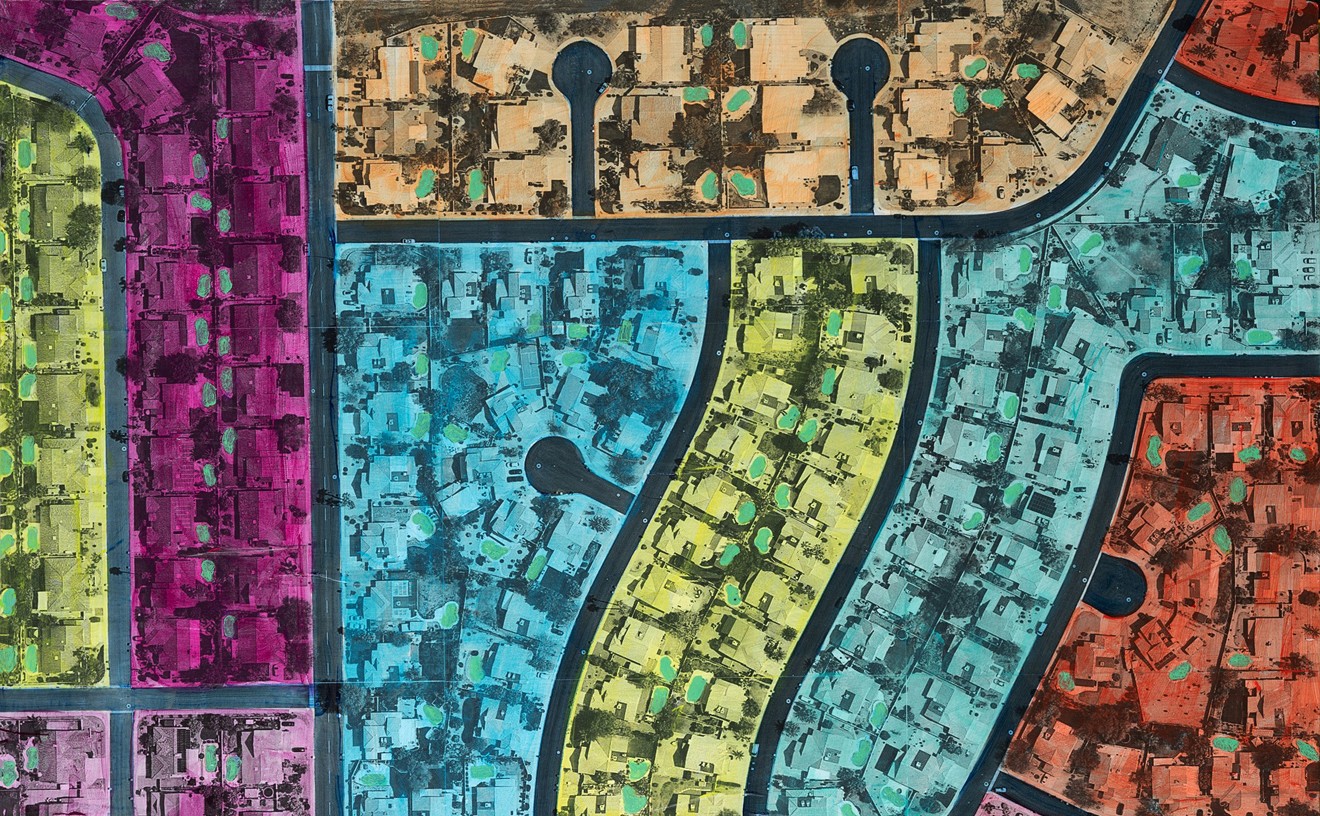"You should have enough skill by now to see trouble coming and get out of there before anything happens," he told me.
This is the classic view of the traditional, Eastern-trained martial artist; you don't train to fight, you train not to fight, and you only fight when there's no escape. And you accept that, even if you win the fight, the fact that you had to fight at all is a mark of failure -- you should have gotten out of there.
But, since the martial arts were brought to America, they have gradually morphed into a sport, like boxing. And the students actively want to fight. Roland Sarria, cage-fight impresario, understands this.
"Martial artists spend their lives training for a fight they're never going to have," he says. "So why not compete with each other? I don't think it should be about violence or going out looking for fights, but I don't see anything wrong with fighting each other in a controlled atmosphere."
Sarria is the man behind the controversial "Rage in the Cage" events. A martial artist himself, he studied Brazilian jujitsu with the semi-legendary Gracie brothers, who pioneered their own style, a style they claim to be the most effective form of fighting ever devised. A native of Cuba, Sarria grew up in Los Angeles, then opened his own school, the Brausa Academy of Brazilian Jiu-jitsu, in Tempe, three and a half years ago.
"I came out here to visit a friend, and I was amazed. I thought Arizona was just all cactus and stuff. So I decided to live here and try to fulfill my dream of opening a school. I did, and it's doing well.
"I was watching the Ultimate Fighting Championships and thought, 'I'm gonna do one of these shows.' I'm now doing my 12th show. The crowd seems to love it."
Cage fighting differs from the UFC in several ways. The cage fighters are not paid -- they're amateurs, with about a year of training behind them, and they fight just for fun. Also, cage fighting has more rules and is less brutal. No blows to the head with a closed fist, no kicking an opponent who's down, no head butts, no elbows. Each fight lasts three rounds or less, and it all happens in an eight-foot steel cage on top of a boxing ring. About half the fights end with someone tapping out, submitting.
"There's seldom, if ever, an injury," says Sarria. "That's because 90 percent of the fights end up on the ground. On the ground, it's hard to get enough leverage to do any damage. Most damage comes when standing up."
Sarria laughs at those who claim that cage fighting is barbaric. "They don't know what they're talking about. The fighters are well-matched. I watch them train, then I match them. Everybody enjoys it. There's lots of good sportsmanship, they have discipline, they respect each other. That's because they have mental conditioning as well as physical conditioning. Not like boxing, where they have good physical conditioning, but the fighters are disrespectful of each other.
"Boxing's the worst. Getting hit in the head, in your brain, every day, even in training! That's brutal."
I point out that the posters for the shows describe cage fighting as "hard-hitting" and "bone-breaking."
"That's just to get people's attention," he says. "We only use a cage so the fighters don't fall out of the ring. Regular ropes won't work, because the fighters are on the floor most of the time."
Sarria doesn't make much money from the cage fights. "I make my living from the school. I struggle, but I get by. The cage fights are beginning to come through for me. So far, I'm just trying to get public acceptance for it. About 800 people show up for each event, but I give about 80 percent of the tickets away."
He's hopeful, though. The sport now has its own regulating body, the Arizona Mixed Martial Arts Council. Sarria is its president. He also has a Web site, www.rageinthecage.com, which offers information and background about Sarria, his events and the fighters.
The next "Rage in the Cage" takes place on Wednesday, March 8, at Rodeo Nights, located at 33rd Avenue and Indian School. Doors open at 6 p.m. and the fights start at 7:30. There will be 12 bouts. Tickets range from $15 to $35; for details call 602-279-3800 (Rodeo Nights) or 480-503-5555 (Dillard's).
Contact Barry Graham at his online address: [email protected].










